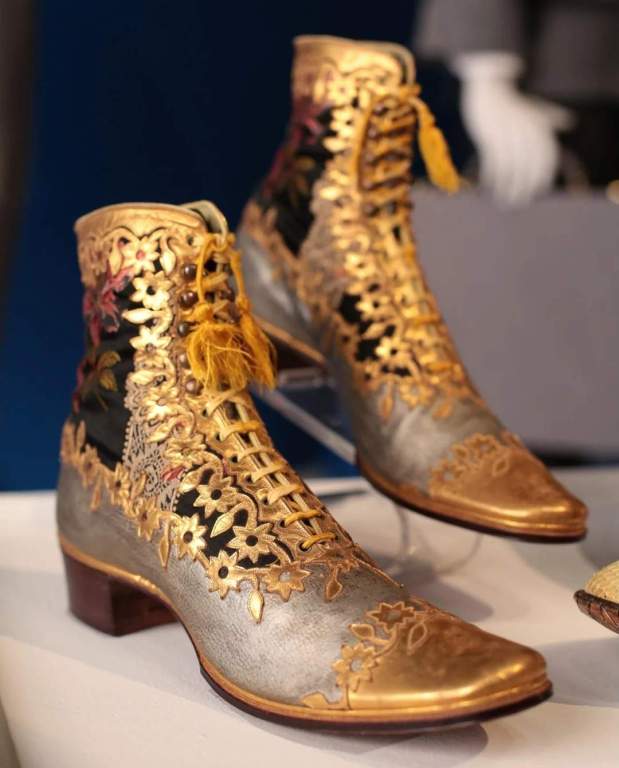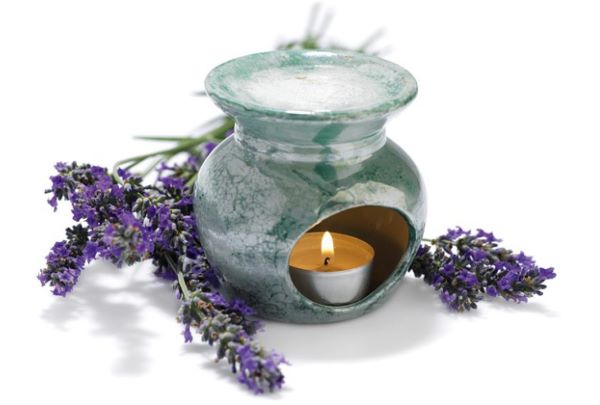Page Contents
How to Clean Bathrooms with Traditional Tips and Tricks
Maintaining a clean bathroom is important, but harsh chemicals aren’t required. You can keep your sinks, tiles, and fixtures clean with these traditional cleaners and cleaning methods. The bathroom should be cleaned regularly, both for hygiene and for appearance reasons. Leaving mineral deposits and soap scum in the bathtub or sink can lead to the growth of bacteria and mold.
Maintain a sparkling, clean environment with these traditional, easy tricks. As you know, bathrooms can be a breeding ground for bacteria, viruses, and other microorganisms. This is because of the many moist areas that are found in bathrooms, such as the toilet, sink, and bathtub. The following tips will help you clean your bathroom without spending too much time or money.

Baths, showers, and basins
-
Using a mild bathroom cleaner and a fabric softener sheet, wipe down basins daily to ensure that water runs off without leaving residue.
-
Use a salt-soaked lemon peel to get rid of stubborn dirt and mineral deposits.
-
Salt and mineral spirit paste can be used to clean bathtubs, sinks, and tiles.
-
Using a damp cloth and baking soda, clean fiberglass bathtubs.
-
Despite being more delicate than steel tubs, acrylic bathtubs are notorious for being difficult to clean. The only thing you should need to clean them is dishwashing liquid and water, as long as you do it regularly.
-
Use a soft cloth and a dishwashing liquid solution to keep shower areas sparkling. When soap scum accumulates, vinegar can be used to rub it off, whereas salt and vinegar can be applied with a bathtub cleaning brush in a circular motion to remove more serious buildup. Finish by rinsing and drying. For spot prevention and chalky streak removal, use a squeegee on a daily basis.
-
The shower curtain rod can be made easier to slide by applying a little petroleum jelly. To prevent mold growth, soak curtains in salt water after they have been washed or are newly cleaned.
-
Baking soda, vinegar, or lemon juice can be used to treat mold in the shower.
-
A dampened chamois or newspaper can be used to rub old tiles with an ammonia solution to make them sparkle. You will need about 2 cups (500 ml) of water to make a solution with 1 teaspoon (5 ml) of ammonia. You can add shine and moisture protection by polishing with a few drops of cooking oil, but avoid getting oil on the grout as this will attract dirt.
-
A cloth soaked in plain household ammonia can be used to remove stubborn stains.
-
Water and vinegar are effective ways to remove rust spots.
-
Using household ammonia or baking soda, remove discolored grout between tiles. Let it work for a few minutes, then rinse it off with a damp cloth or an old toothbrush.
-
Grout can be whitened by scrubbing it with a toothbrush, a soft bristle, and a little toothpaste.
-
Grout that is severely discolored should be rubbed with very fine sandpaper. Make sure that you do not damage the glaze on the tiles during this process.
Mirror
You can clean mirrors with a spray bottle filled with vinegar and water, just like you clean windows. Repurposed t-shirts (they make great rags) are my favorite way to clean mirrors without leaving residue from paper towels. You can also use old newspapers for this purpose.
Drain
-
Make sure hair doesn’t go down the drain hole and clog it by using a small, flat strainer.
-
Plunge your rubber plunger into the drain to remove any blockages.
-
Baking soda and white vinegar can unclog blocked pipes by sprinkling them in the drain and rinsing them down with boiling water.
-
Baking soda directly sprinkled into the drain overnight will eliminate unpleasant odors.
FAUCETS and other Fixtures
-
Rub faucets with around 2 cups (500 ml) of water and 1–2 teaspoons (5–10 ml) of lemon juice for a scent-free shine.
-
Use an old rag soaked in vinegar or lemon juice to remove mineral deposits from fixtures. Leave it overnight or for a couple of hours. Use a toothbrush to remove the softened deposits.
-
A solution of vinegar and salt can be used to remove scale buildup from faucet aerators and showerheads. After that, use a nailbrush or toothbrush to clean the holes in the showerhead.

How to Clean Bathrooms: The bathroom should be cleaned regularly, both for hygiene and for appearance reasons. Photo credit: Pexels
Toilet
By leaving a layer of soaked toilet paper in vinegar over the mineral deposits overnight and then rubbing them off in the morning, you can remove the toilet bowl scale.
When it comes to urine scale, it is recommended to put a dash of vinegar in the bottom of the toilet bowl and leave it overnight once a week. With baking soda, you can remove most odors.
Bathroom cleaner with citrus extracts
In addition to being fragrant, this cleanser is also environmentally friendly.
-
Dishwashing liquid (10 ml): 2 teaspoons
-
Lemon oil, 5 drops
-
A teaspoon of citric acid (25 grams)
-
Water, one cup (250 ml)





